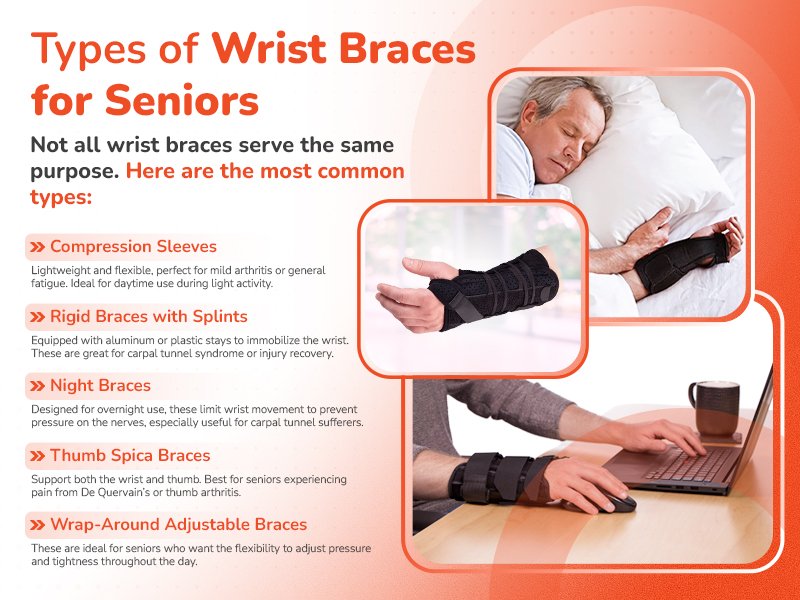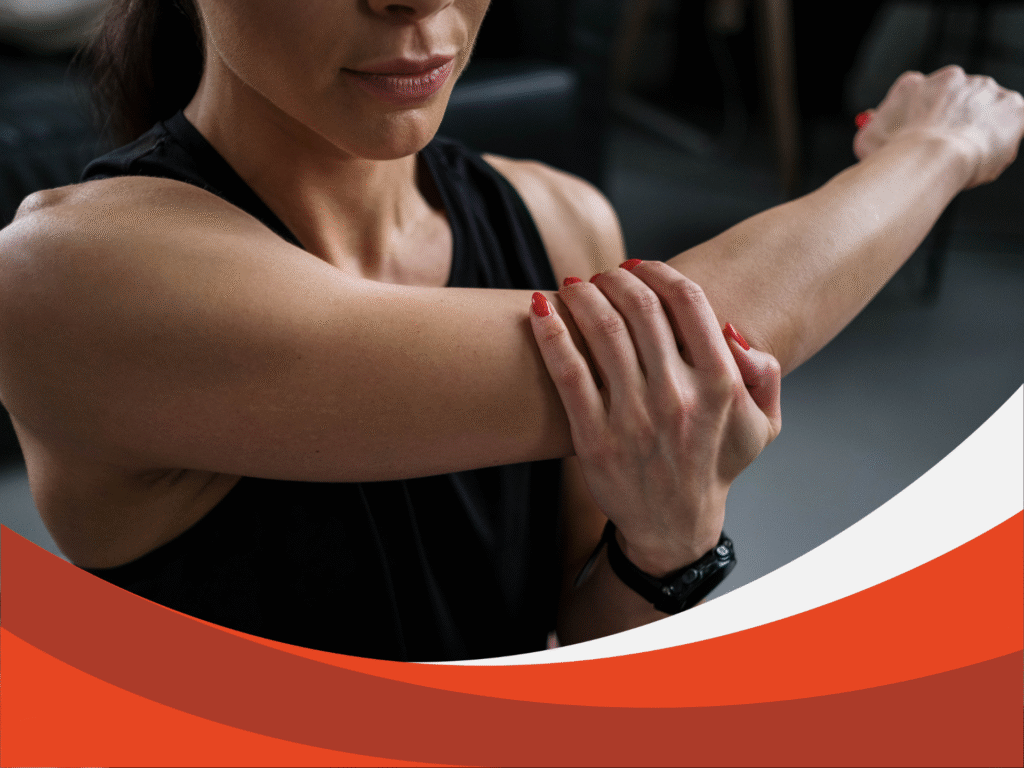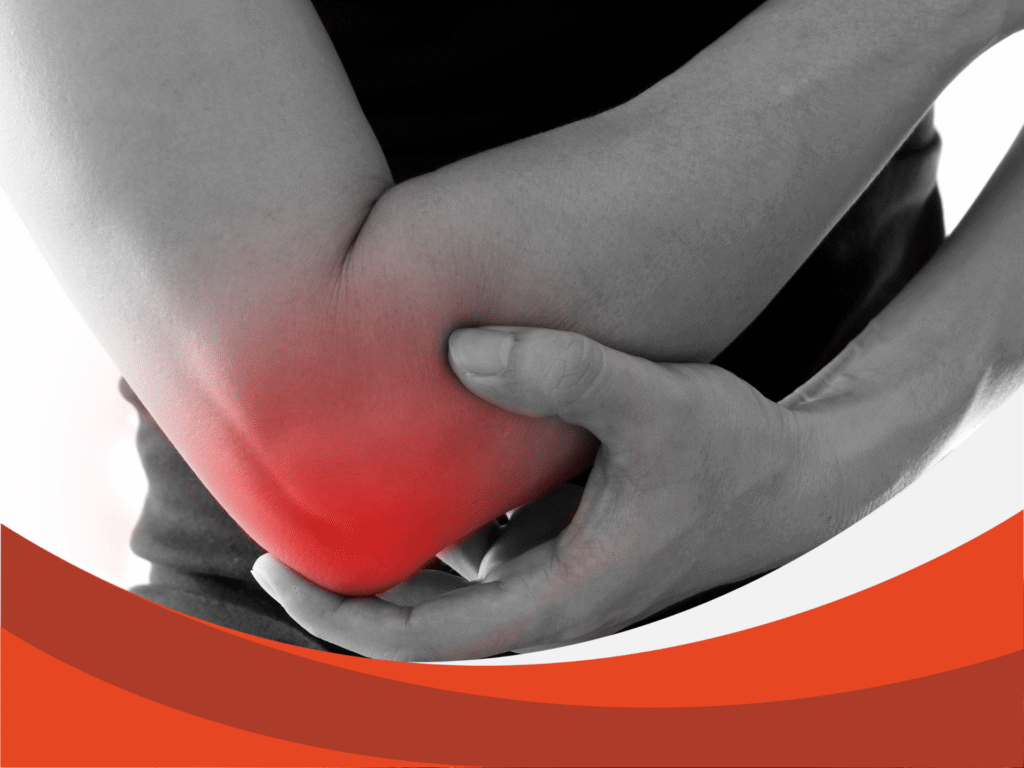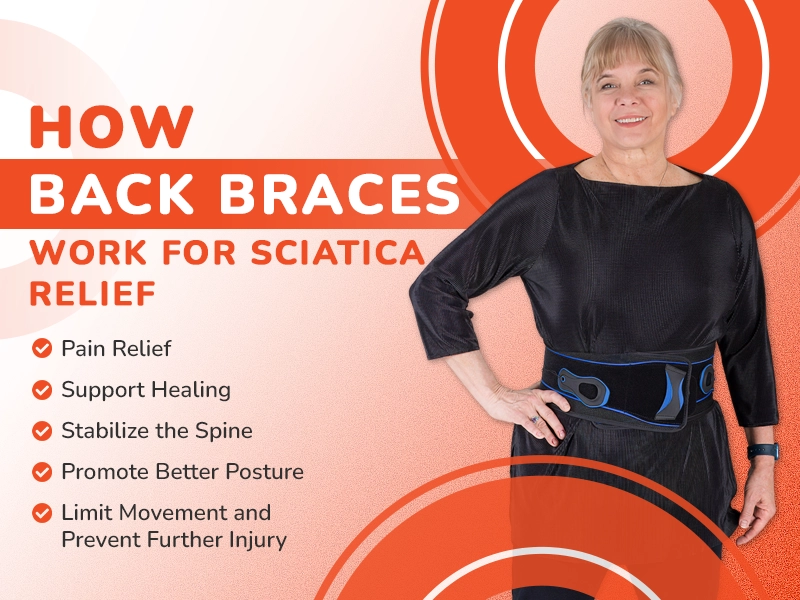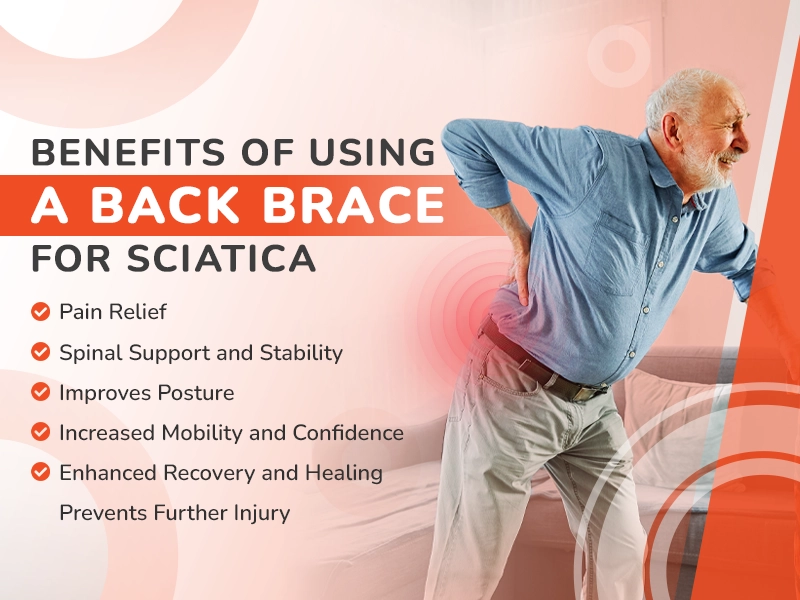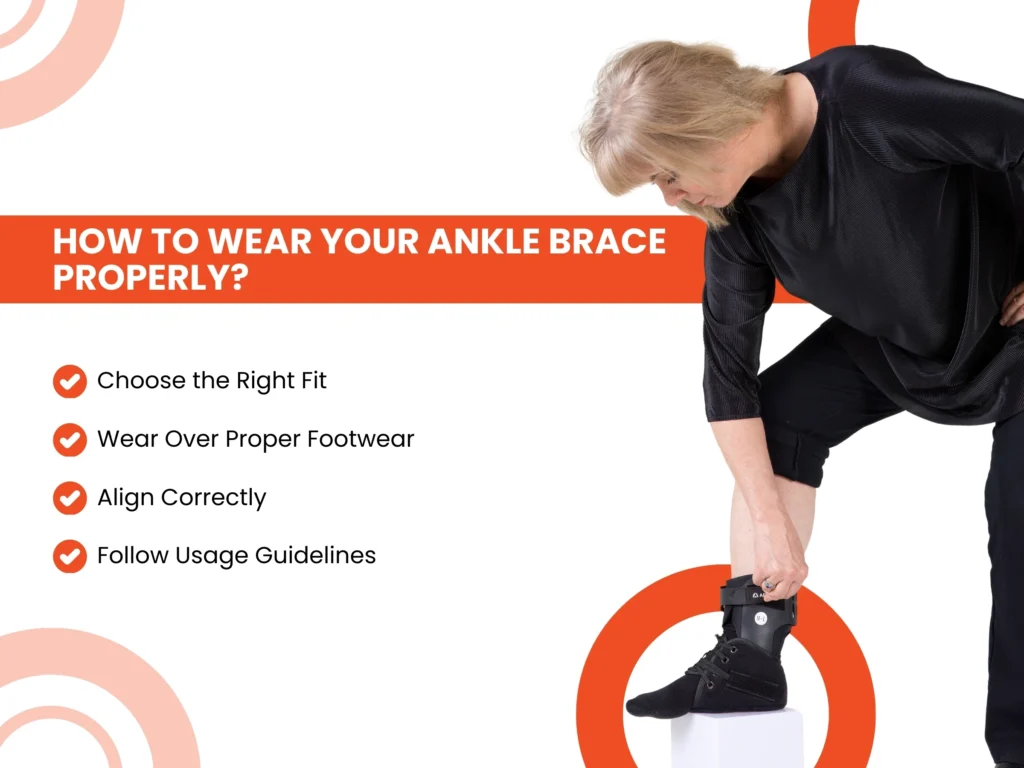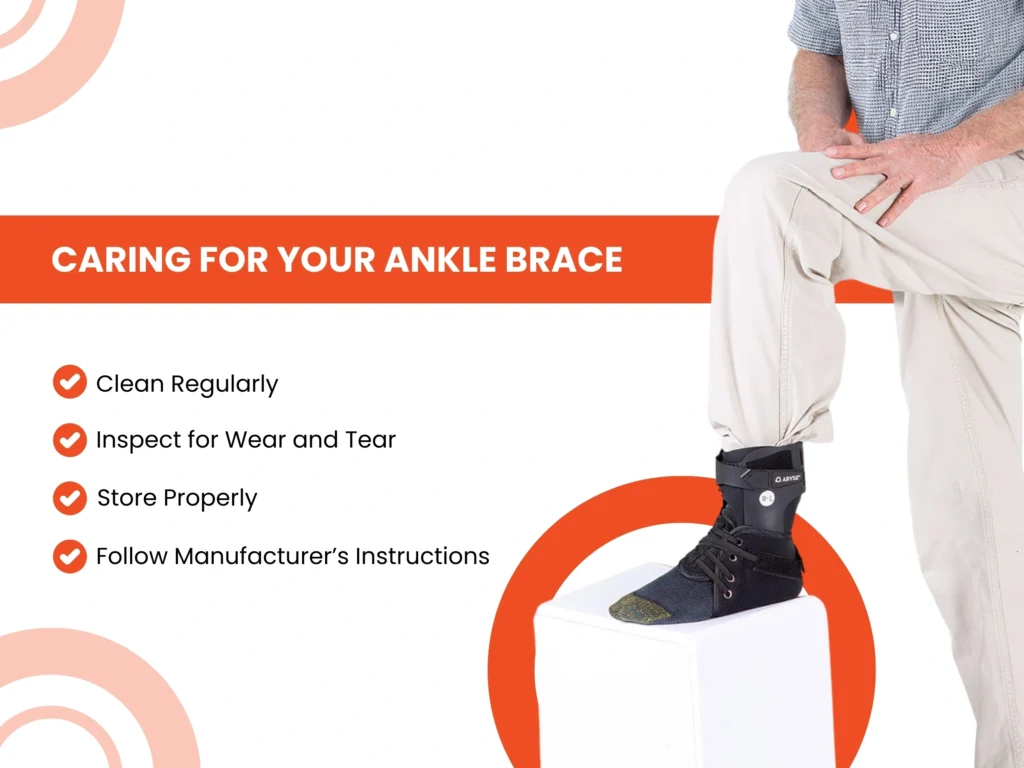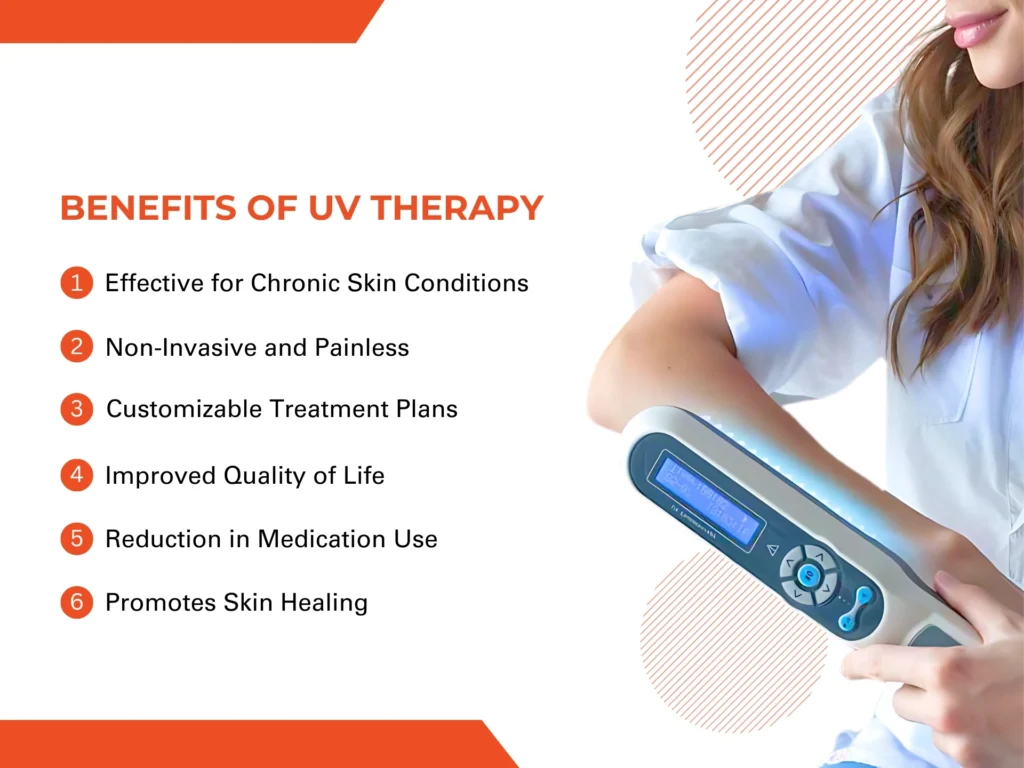Wearing a Back Brace at Home: Tips for Comfort and Long-Term Relief
Introduction
Chronic back pain can turn even the simplest daily activities into a challenge—especially for older adults. For many seniors, the home becomes a place where back pain is most noticeable: getting up from a chair, bending to load the dishwasher, or standing while folding laundry can all trigger discomfort. Fortunately, wearing a back brace at home is a practical and effective way to relieve pressure on the spine and encourage healthy posture throughout the day.
Designed to reduce muscle strain and improve spinal alignment, back braces provide non-invasive support for individuals living with arthritis, degenerative disc disease, muscle fatigue, or recovering from surgery or injury. When used properly, a brace worn at home can ease pain, prevent aggravation of existing issues, and improve confidence in movement.
This guide will walk you through how to wear a back brace at home, offering tips for long-term relief, proper fit, daily usage, and care—all tailored for seniors who want comfort and stability during everyday routines.
Tips for Wearing a Back Brace at Home Comfortably
Wearing a brace for extended periods at home requires balance: it should feel supportive without becoming burdensome. Follow these comfort tips to ensure your brace works with you—not against you:
1. Layer Properly Underneath
Always wear your brace over a breathable, snug-fitting shirt. A cotton undershirt is ideal, as it creates a barrier between your skin and the brace, minimizing irritation from sweat or friction. Avoid wearing the brace directly on bare skin, which can lead to chafing or rashes over time.
2. Fine-Tune the Fit Throughout the Day
What feels comfortable at 9 a.m. may feel restrictive by afternoon. Adjust your brace’s straps and tension periodically, especially after meals or during weather-related swelling. A brace should remain snug but never tight—it should support without restricting movement or circulation.
3. Use It Strategically, Not Constantly
Rather than wearing your brace for the entire day, focus on using it during high-activity periods or when your back typically becomes sore. For instance, wear it while vacuuming, standing at the sink, or carrying laundry, then remove it during restful activities like reading or relaxing.
4. Combine with Movement-Friendly Footwear
Your shoes matter, too. Supportive, non-slip shoes help reinforce proper alignment while you wear a brace. Avoid soft slippers or flat sandals that can throw off your balance or posture while moving around the house.
5. Sit with Purpose
Even when wearing a brace, it’s important to sit upright. Choose a firm chair with back support and armrests. Sit with both feet on the floor and avoid slouching, which can undermine the brace’s alignment support. When getting up, use your legs—not your back—to push off the seat.
6. Listen to Your Body
If you experience itching, overheating, shortness of breath, or numbness while wearing your brace, take it off and check your fit. Discomfort is a sign that the brace may be too tight, worn incorrectly, or not suitable for extended wear. Adjust accordingly or consult with a specialist.
Why Wear a Back Brace at Home?
Although many people associate braces with heavy lifting or physical labor, the majority of strain on the spine happens during repetitive, low-impact daily activities. This includes housework, reaching overhead, prolonged sitting, and bending—all of which can strain the lower back over time.
Wearing a back brace at home helps:
- Stabilize weak or fatigued muscles during movement
- Encourage better posture while doing seated tasks like reading or working at a table
- Reduce the risk of aggravating a pre-existing condition
- Alleviate morning or evening stiffness from inactivity
- Provide a sense of physical confidence when transitioning between movements (e.g., sitting to standing)
Back braces are especially helpful for individuals recovering from injury, surgery, or managing conditions like scoliosis, spinal stenosis, or lumbar disc degeneration. As noted by Harvard Health, using a back brace intermittently can help reduce back fatigue and promote more effective posture in older adults.
Daily Use Guidelines for Long-Term Relief
To experience real, lasting back relief at home, it’s important to use your brace consistently—but not excessively. Here’s how to incorporate your back brace into a healthy daily routine:
Morning Use
Start your day with short brace wear. Many seniors wake up with stiffness in the lower back due to prolonged rest. Wearing your brace during morning routines like stretching, preparing breakfast, or doing light tidying helps ease your muscles into motion and provides early stability.
Midday Activity
Plan your brace use around your most active periods. If you typically do housework, gardening, or errands after lunch, wear the brace as a preventive measure. This is especially helpful during repetitive bending, carrying items, or walking for long durations inside or outside the home.
Evening Support
If your pain tends to flare up later in the day, wearing your brace for an hour or two before dinner can help ease tension after a long period of sitting or moving. This can improve comfort while cooking or winding down for the evening.
Breaks Are Essential
Do not wear the brace all day long. To maintain muscle strength and flexibility, remove it after 2–4 hours of continuous wear. Allow your body to move naturally and perform light stretches if your healthcare provider allows it.
Pair with Gentle Movement
Use the brace to support—but not replace—healthy activity. Incorporate doctor-approved exercises such as gentle walking, seated stretching, or light yoga during your non-brace hours. This helps preserve core strength and keeps your muscles engaged, which reduces long-term dependence on the brace.
Track What Works
Keep a simple log of when and why you wore your brace. Note whether your pain improved or worsened during certain activities. This helps you and your doctor identify the most effective wear patterns for your needs.
How to Clean and Maintain Your Back Brace
Just like any piece of daily equipment, a back brace needs regular care to stay comfortable and hygienic.
- Hand wash weekly using cold water and mild soap. Do not machine wash, which can damage structural components.
- Air dry completely before use—lay flat away from sunlight or heat.
- Wipe down daily if worn during high-sweat activities or outdoors.
- Inspect straps, stitching, and closures monthly. Look for fraying or loss of tension.
- Store flat or gently folded in a clean, dry space to preserve shape and material integrity.
Back braces from Heal Medical Supply are made with durable, breathable materials, but routine care ensures they stay supportive and skin-safe.
When to Replace Your Back Brace
No brace lasts forever. Replace your back brace if:
- It no longer fits securely or slips out of place
- Velcro or hook-and-loop closures have lost grip
- The material is stretched, warped, or uncomfortable despite adjustment
- You experience increased pain or reduced mobility while wearing it
- Your condition has changed and now requires a different support level
Still unsure? A quick consultation with your provider—or a specialist at Heal Medical Supply—can help you determine whether your current brace is still serving its purpose.
Benefits of At-Home Use for Seniors
For seniors managing spinal conditions, at-home brace use provides distinct advantages:
- Supports recovery from strain, surgery, or degenerative conditions
- Reduces reliance on pain medications
- Promotes safe movement during everyday tasks
- Encourages good posture throughout the day
- Enhances physical independence
- Offers a sense of stability and reassurance
A 2013 study in the Journal of Geriatric Physical Therapy found that structured bracing significantly improved mobility and reduced disability in older adults with chronic low back pain.
Conclusion
Wearing a back brace at home isn’t just about comfort—it’s a proactive step toward better mobility, pain management, and independent living. When used correctly, it provides targeted relief during the moments that matter most: cooking, cleaning, resting, and moving around safely.
If you’re dealing with chronic back discomfort, a support brace can be a valuable addition to your at-home care plan.
At Heal Medical Supply, we provide high-quality, Medicare-covered back braces tailored to meet the comfort, support, and mobility needs of seniors.









